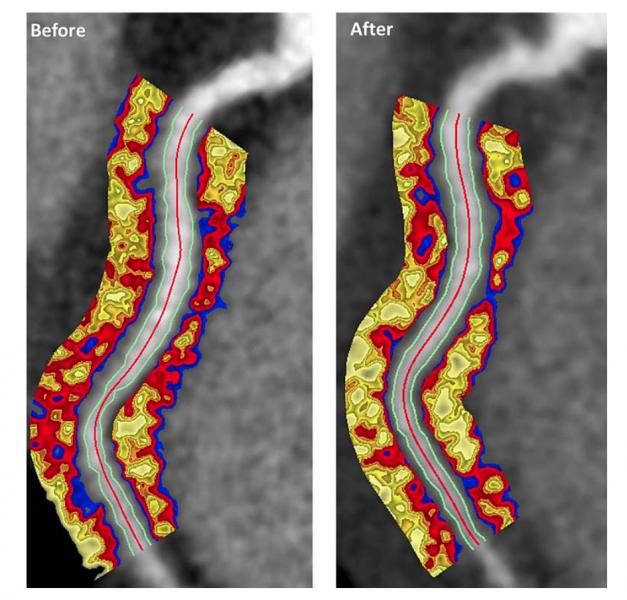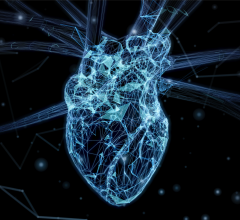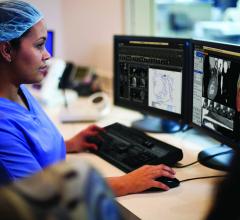August 5, 2019 — A West Virginia-based rural medical outreach event showcased the use of point-of-care technology in an ...
Cardiac Imaging
The cardiac imaging channel includes the modalities of computed tomography (CT), cardiac ultrasound (echocardiography), magnetic resonance imaging (MRI), nuclear imaging (PET and SPECT), and angiography.

New technologies have been developed that may replace the traditional pressure wires and adenosine to assess the fractio ...
August 2, 2019 — The American Society of Radiologic Technologists (ASRT) announced its support for House Resolution (HR) ...
Cardiac positron emission tomography (PET) is growing in popularity among cardiologists because it provides the ability ...

August 2, 2019 — Here is the list of the most popular content on the Diagnostic and Interventional Cardiology (DAIC) mag ...
August 1, 2019 — The U.S. Food and Drug Administration (FDA) issued a new draft guidance titled Testing and Labeling ...
August 1, 2019 — Dassault Systèmes announced the five-year extension of its collaboration with the U.S. Food and Drug ...
As medical advancements continue to push the boundaries of what is possible in the field of structural heart ...

July 31, 2019 — Researchers found anti-inflammatory drug therapies used to treat moderate to severe psoriasis can ...
Nate Bachman, graduate research assistant in the Human Cardiovascular Physiology Lab of the Dept. of Health and Exercise ...
Mark Ibrahim, M.D., FACC, assistant professor of medicine and radiology, associate program director, advanced cardiac ...
Discover the key features of cardiovascular structured reporting that drive adoption, including automated data flow, EHR ...
Andrew Choi, M.D., FACC, FSCCT, co-director, cardiac CT and MRI, assistant professor of medicine and radiology, George ...

Intelligent software solutions (aka deep learning, artifical intelligence, AI, machine learning), this seems to be ...
Pierre Qian, MBBS, cardiac electrophysiologist fellow, Brigham and Women's Hospital, explains how his facility is ...
Cardiologists need information from multiple sources to make accurate diagnoses and plan interventional therapies. The ...
Joao Cavalcante, M.D., FSCCT, director of structural heart CT and cardiac MRI, Minneapolis Heart Institute, discusses ...
Arthur Agatston, M.D., clinical professor of medicine, Florida International University, Herbert Wertheim College of ...

One of the big trends in cardiac computed tomography (CT) imaging has been the introduction of noninvasive fractional ...


 August 05, 2019
August 05, 2019











